It hasn’t been a smooth run for Street Smart over the past few years. Launched as New Zealand’s only bespoke hands-on young-driver training programme in 2018 with substantial sponsorship from Holden, it suffered a 1-2 punch with the demise of the Australian brand and the arrival of Covid-19 (both in 2020).
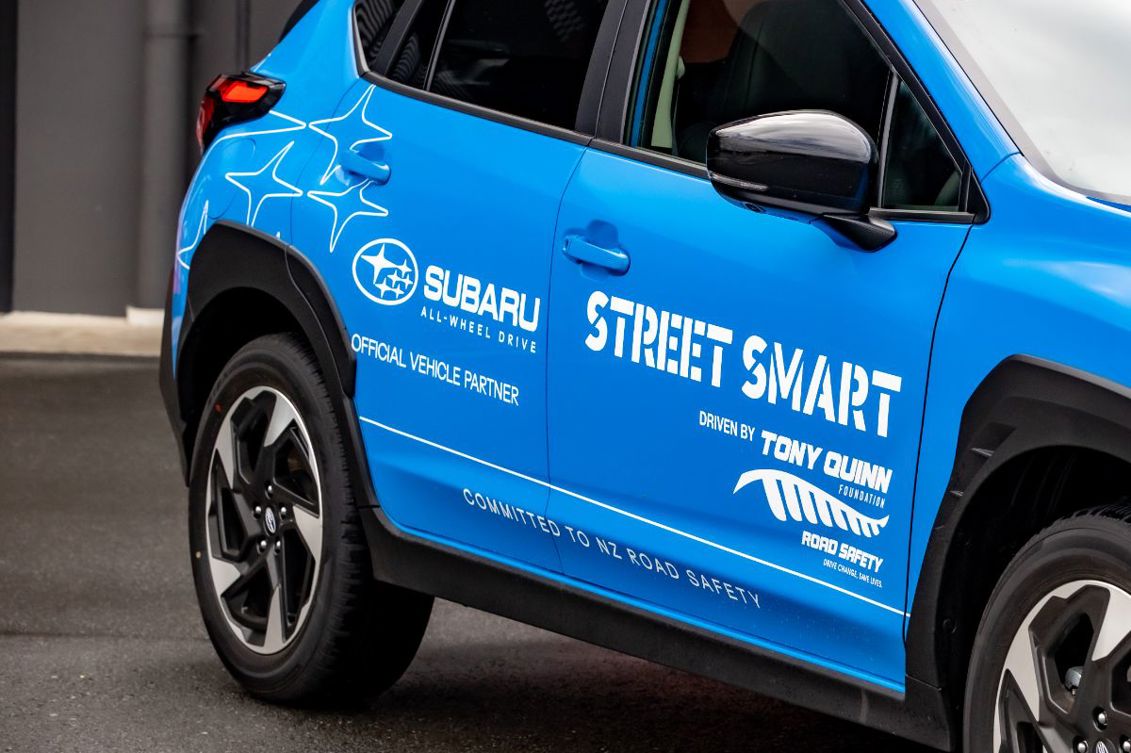
It struggled on and Skoda stepped in with support from 2021… but that didn’t last long.
However, Street Smart restarted with a fully brimmed tank in 2022, when the Tony Quinn Foundation announced a donatation of $750,000 to really get the programme running again.
That was the catalyst for Subaru of NZ to step forward as official vehicle partner, meaning the whole programme is now more polished and better resourced than it’s ever been.
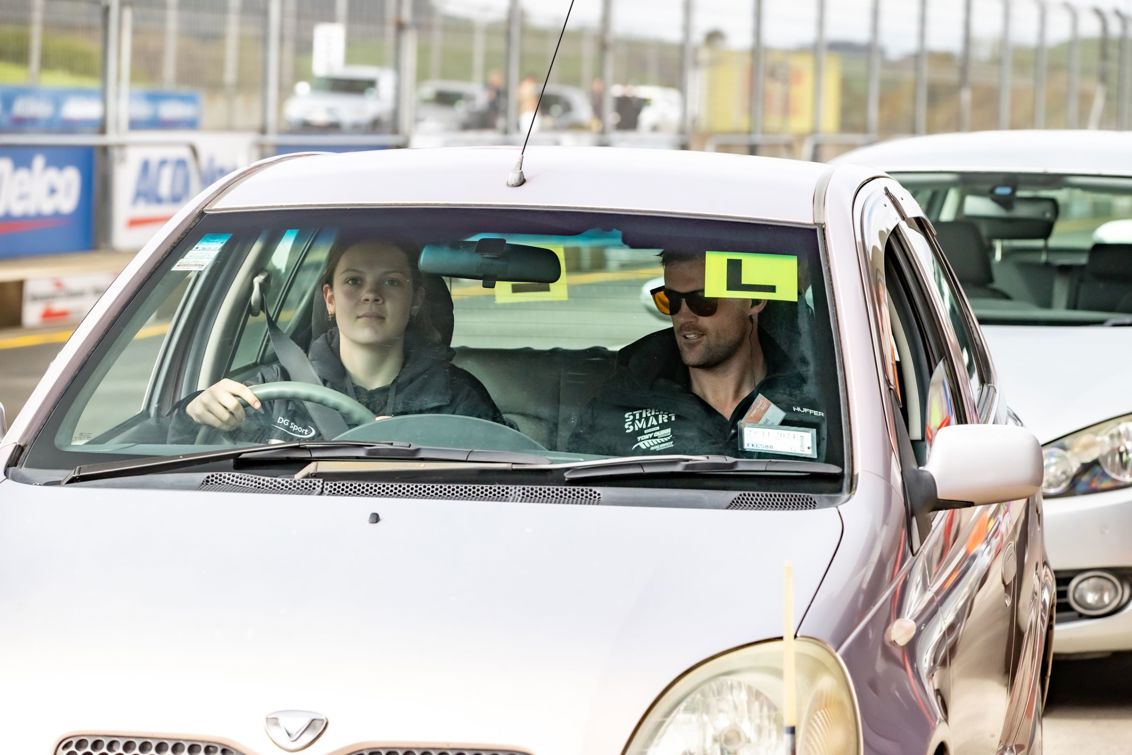
The core principles haven’t changed. It’s still an almost-100% practical course held in a closed environment, designed to help young drivers understand vehicle dynamics, manage distractions and improve their decision-making behind the wheel.
Participants use their own vehicles for the programme. It’s aimed primarily at learner/restricted drivers, but the idea is that anybody can benefit. Which is partly why parents/caregivers are encouraged to ride along in the back seat (there’s always an instructor on board): to understand what’s being taught, but also potentially learn a bit themselves. Cost for the day is $145 (click here to see future programmes and book).
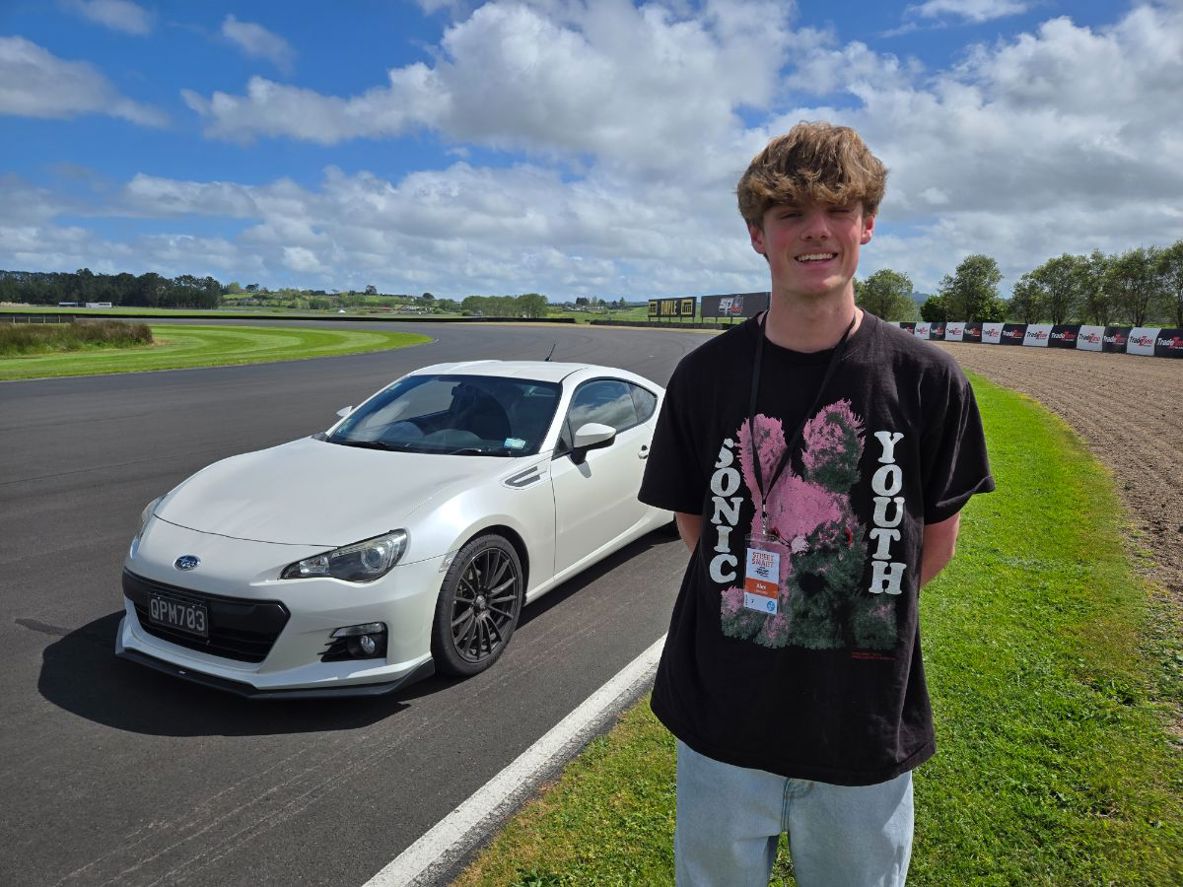
The point of the course is that learning means doing… so we went along and did it, at a Hampton Downs session. Our tame young driver was my son Alex (18), who brought along his (coincidentally) brand-appropriate Subaru BRZ.
He’s had his full licence for 5 months and drives a lot of different vehicles in his job at Turners Auctions. We thought his perspective would be interesting, because he completed the Defensive Driving Course during his restricted period, which is mostly theory but gets you to a full licence 6 months earlier. If he hadn’t done that, he’d still be on a restricted right now.
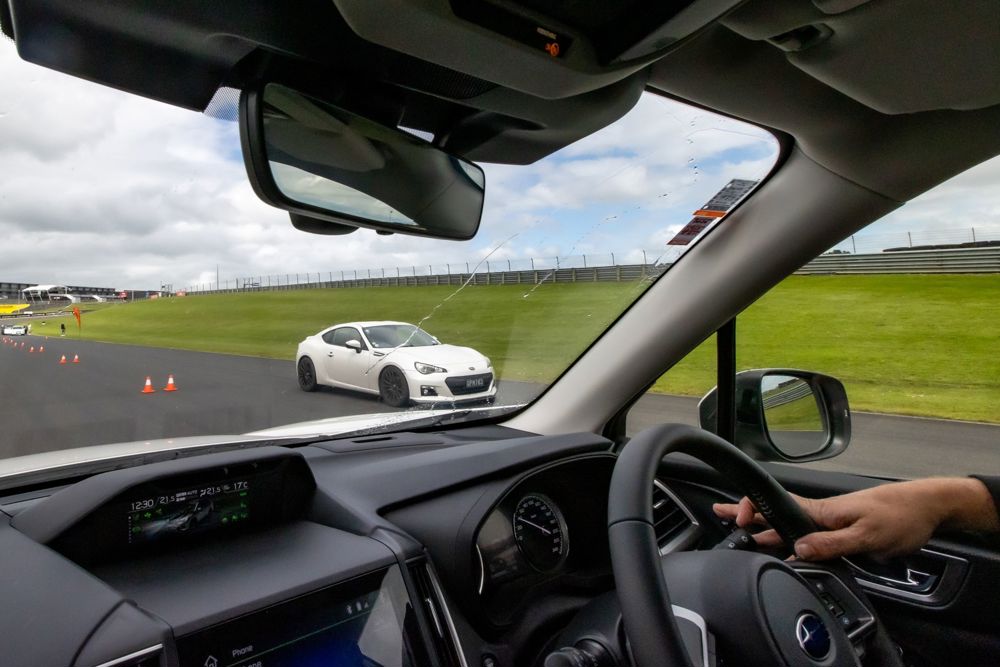
Alex is not particularly political about why he did the Defensive Driving Course: “Just to get my licence sooner.” In other words, he would have done whatever he was required to do to achieve full licence status in the shortest possible timeframe; so after having the Street Smart experience, what would he think about the course being incorporated into the NZ licence programme in some way?
How Street Smart can really count
Street Smart is currently not recognised by the official licence process, but that’s the dream. One of the published mission statements of Street Smart Driven by Tony Quinn Foundation is to “make this practical, hands-on driver training compulsory for all kiwis before getting their full licence, to make a meaningful, life-changing difference to Kiwis on NZ roads.”
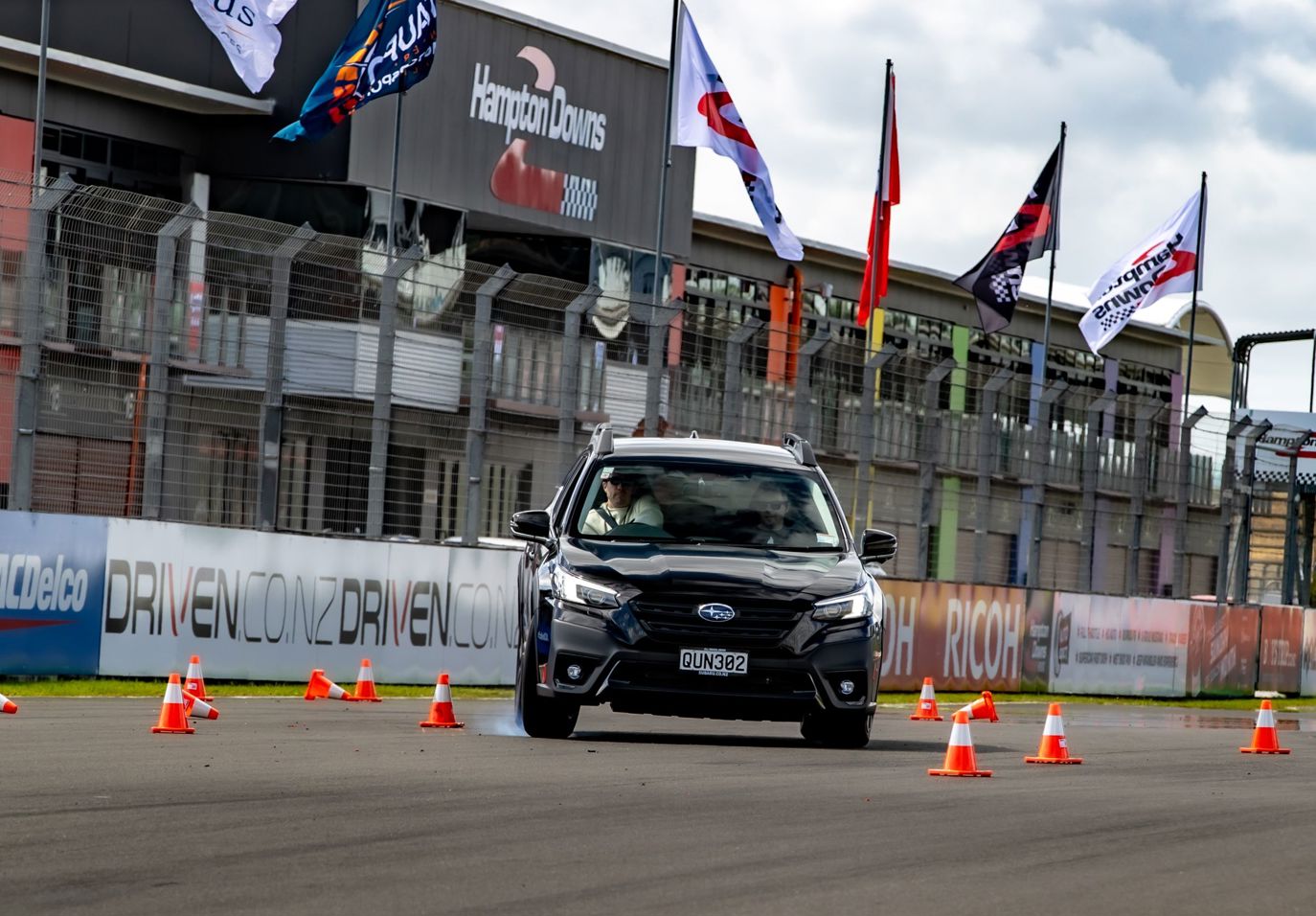
Despite the racetrack setting, the programme is not in the least bit about performance driving. But there are still exercises undertaken at higher speeds, which keep the energy and attention levels up.
The instructors are all racing drivers or experts with motorsport experience, which seems to help garner focus and respect from the young drivers.
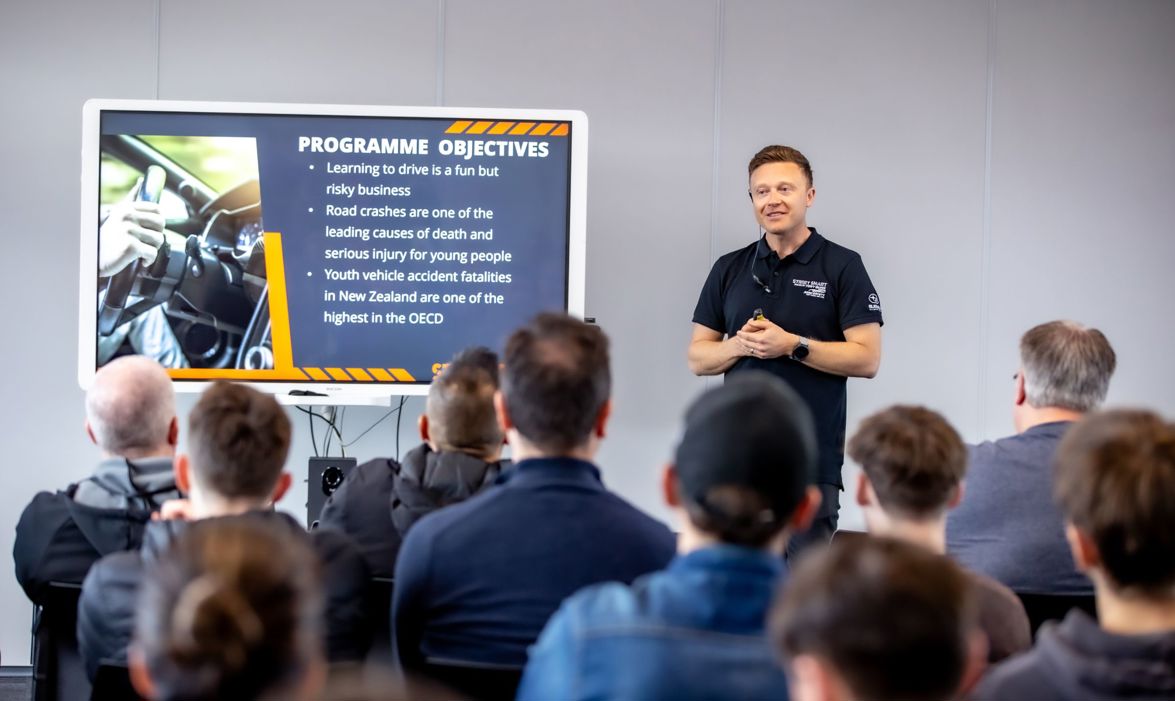
For everybody, the day starts with sign-in, a group gathering/pep-talk and a sobering video message from the parents of Kelan Stroud, who was killed in an accident in the Cromwell Gorge in March this year.
The Quinn foundation says its Street Smart support is partly in honour of the Stroud family; Kelan’s parents Michael and Tracey stepped up to raise funds and awareness around road safety following his tragic death. He had been on his restricted licence for just one month when the accident happened.
What happens at a Street Smart day?
A typical Street Smart day is divided into 7 modules at various locations around the track; small groups rotate around them, so everything is happening all the time at the track.
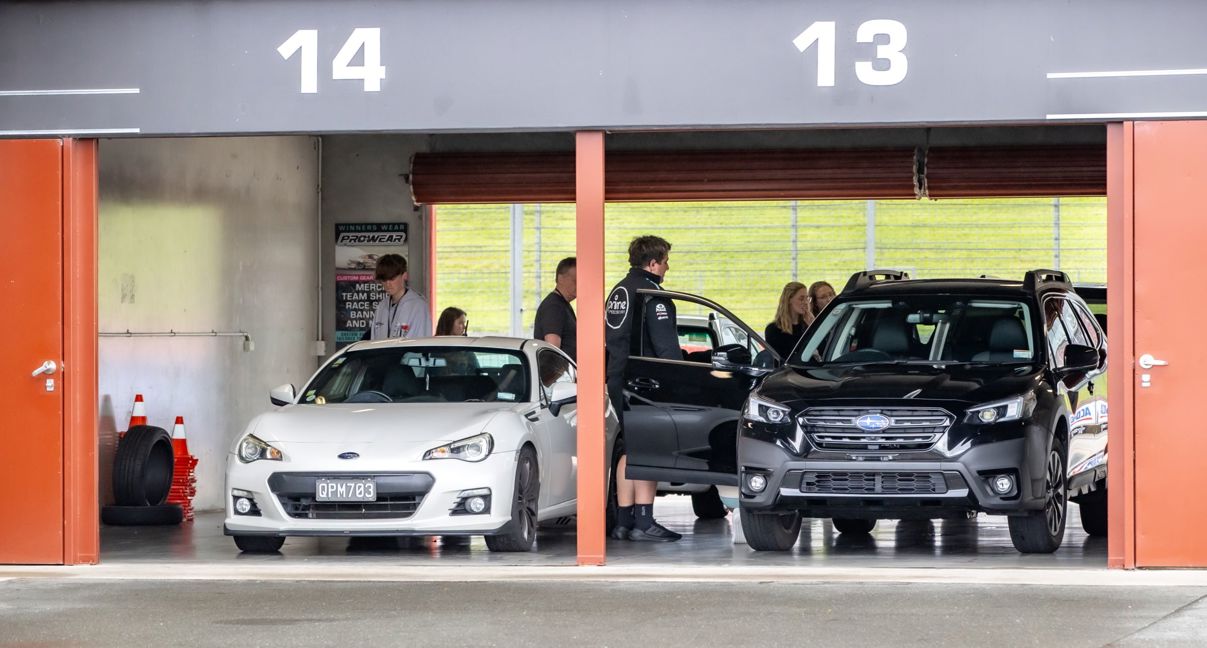
Even the most theory-based module is very… practical. Vehicle Maintenance takes place in a pit garage, with walk-arounds of participants’ cars that cover the basics like fluid checks and tyre pressures.
Lower-speed exercises include Manoeuvring, where participants have to drive slowly around a slalom, reverse-park into a “garage”... and then do the same slalom backwards. Which is harder than you’d think.
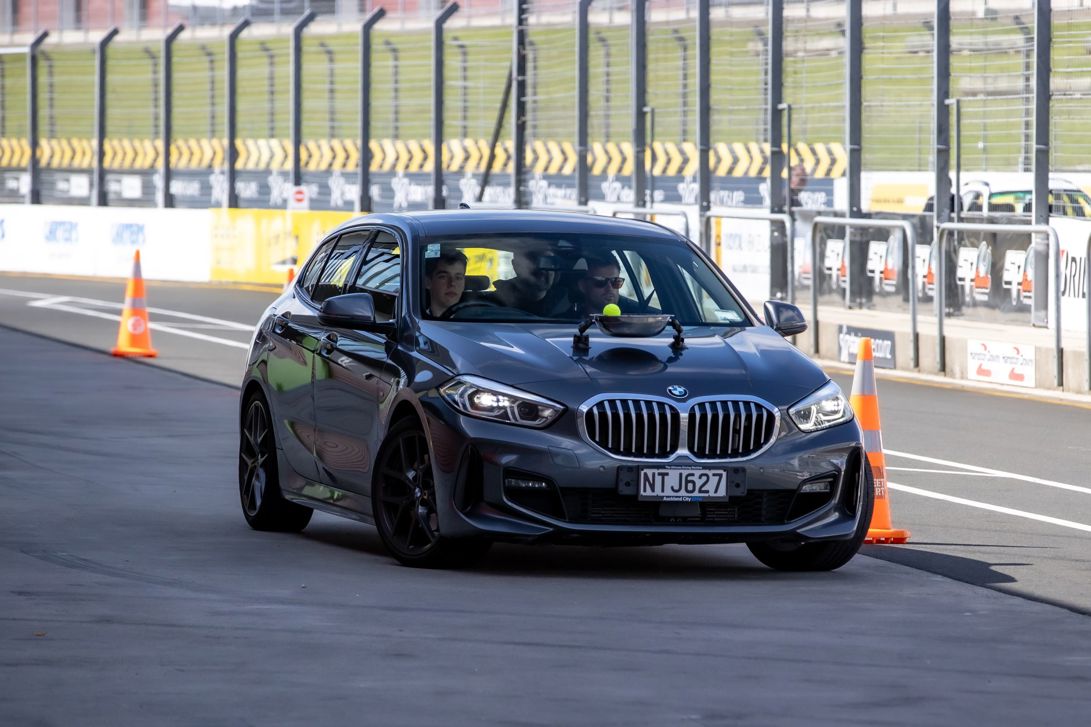
For the Peripheral Vision exercise, drivers get a tennis ball in a bowl attached to their bonnets and they have to drive through a slalom without losing it.
Good stuff, but it’s probably the forays into higher-speed driving that really help keep everybody focused during a long day. Most seemed genuinely impressed with the Hazard Identification module, which involved driving a curved section of the track while being as observant as possible towards strategically placed road signs, with the instructor talking to you, having to listen out for the word “rabbit” on a recording… and then getting pulled over by an actual police car hiding just out of sight.

Head On Collision and Following Too Close are both carried out at real-world speeds, but with the cars side-by-side in separate lanes (of course!). Emergency Braking, with a lane-change thrown in, demonstrates just how good anti-lock braking is at maintaining steering control, while giving you maximum stopping power.
How our young driver rates Street Smart
In hindsight, Alex still rates the Defensive Driving Course, which is 10 hours theory and a 45-minute practical on public roads: “I got a lot out of [the theory] in terms of learning about stopping distances in comparison to the speed you’re going, how much you can see at different speeds, and things like that.”
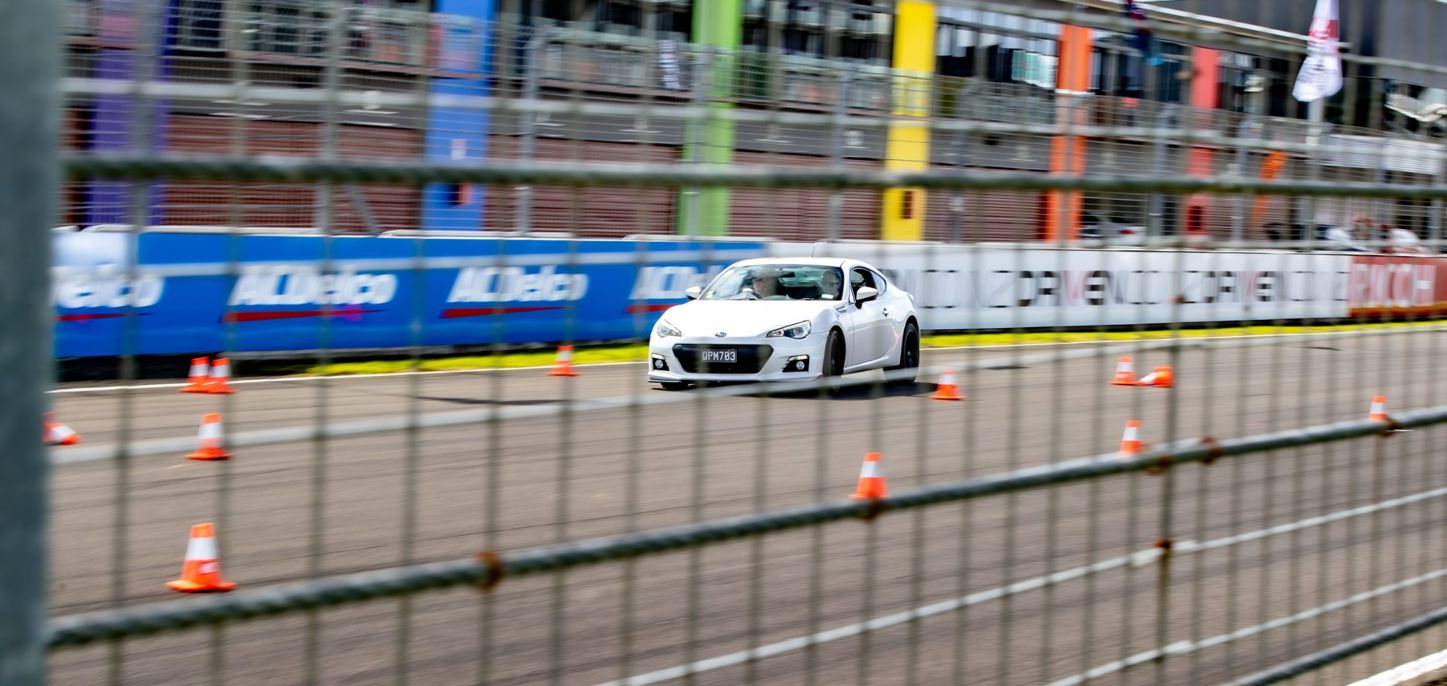
Regarding Street Smart: “I didn’t realise it would be so safety focused, to be honest. But I think for somebody who is on their learners or just got their restricted, it would be really useful. You definitely learn a lot, especially when it comes to following distances and braking.
“The main thing you’re doing in your Defensive Driving practical is spotting hazards, and that’s mainly teaching you how to pass your licence, not teaching you how to drive safely.
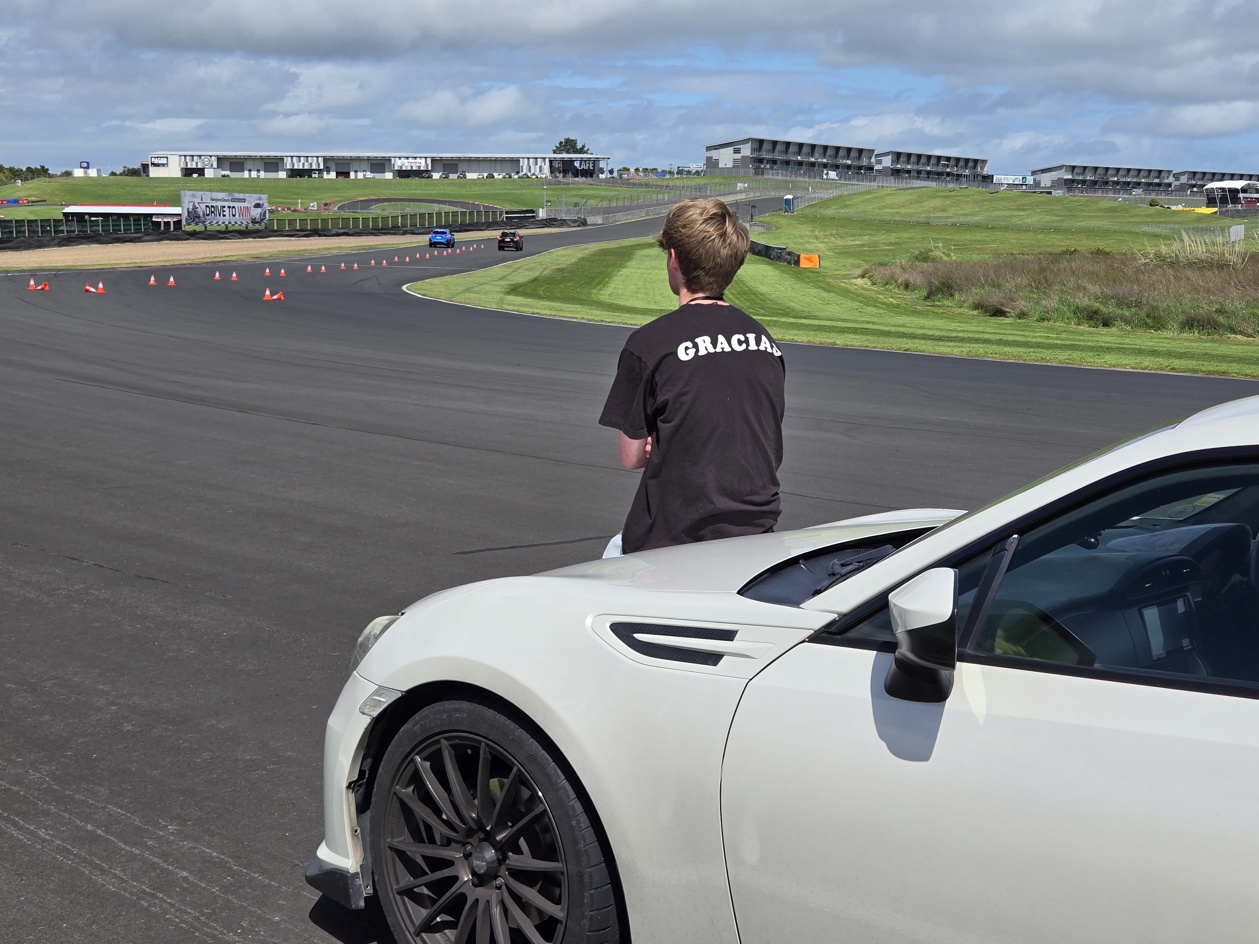
“I think that if drivers did the Defensive Course with the theory, but also Street Smart, that would be mint.
“I do think what was said at the end, that if you had to sit that [Street Smart] course to be able to drive on the road, we would be a lot better off. It’s far too easy to get your licence, especially the restricted.”
































